You can compost your used herbal tea leaves in three simple ways. First, try direct garden application by sprinkling the leaves onto your soil or using them as mulch. This adds organic matter and nutrients while suppressing weeds. Second, use indoor composting bins to recycle tea leaves in limited spaces, mixing them with other organic materials. Third, consider vermicomposting, which employs worms to break down tea leaves and other kitchen scraps into nutrient-rich castings. Each method offers unique benefits for turning your tea waste into valuable garden resources. Explore these techniques to find the perfect fit for your composting needs.
Direct Garden Application
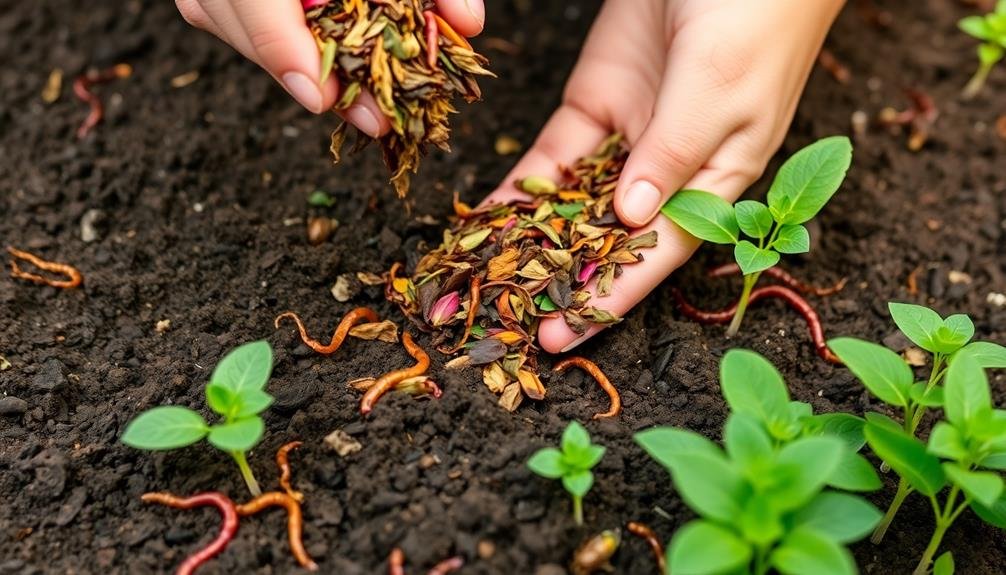
Herbal tea leaves can be put to work in your garden immediately after brewing. Instead of tossing them in the trash, sprinkle the used leaves directly onto your soil. This simple act adds organic matter and nutrients to your garden beds. The leaves will break down over time, improving soil structure and feeding beneficial microorganisms.
You can also use tea leaves as a mulch around plants. Spread a thin layer around the base of your plants to help retain moisture and suppress weeds. This works particularly well for acid-loving plants like blueberries, rhododendrons, and azaleas, as many herbal teas can slightly lower soil pH.
For potted plants, mix cooled tea leaves into the top layer of soil. This provides a gentle nutrient boost and helps improve water retention. If you're concerned about attracting pests, bury the leaves slightly under the soil surface.
Remember to use only herbal tea leaves for this purpose, as black and green teas contain caffeine that may harm some plants. Also, avoid using tea bags containing synthetic materials.
Indoor Composting Bins
For apartment dwellers or those with limited outdoor space, indoor composting bins offer a convenient solution for recycling herbal tea leaves. These compact systems allow you to compost your tea waste without the need for a large outdoor area. You'll find various types of indoor composters, from simple countertop models to more advanced, odor-free options.
To use an indoor composting bin for herbal tea leaves, first verify they're damp but not soaking wet. Add them to your bin along with other organic materials like fruit peels and vegetable scraps. Maintain a balance of "green" (nitrogen-rich) and "brown" (carbon-rich) materials for peak decomposition. Stir the contents regularly to aerate and speed up the process.
Here's a quick guide to common indoor composting methods:
| Method | Size | Odor Control | Speed | Maintenance |
|---|---|---|---|---|
| Bokashi | Small | Excellent | Fast | Low |
| Vermicomposting | Medium | Good | Medium | Medium |
| Electric | Small | Excellent | Fast | Low |
| Tumbler | Medium | Good | Medium | Medium |
| Countertop | Small | Fair | Slow | High |
When your compost is ready, use it to nourish your houseplants or container gardens. With indoor composting, you'll reduce waste and create nutrient-rich soil for your plants.
Vermicomposting With Tea Leaves
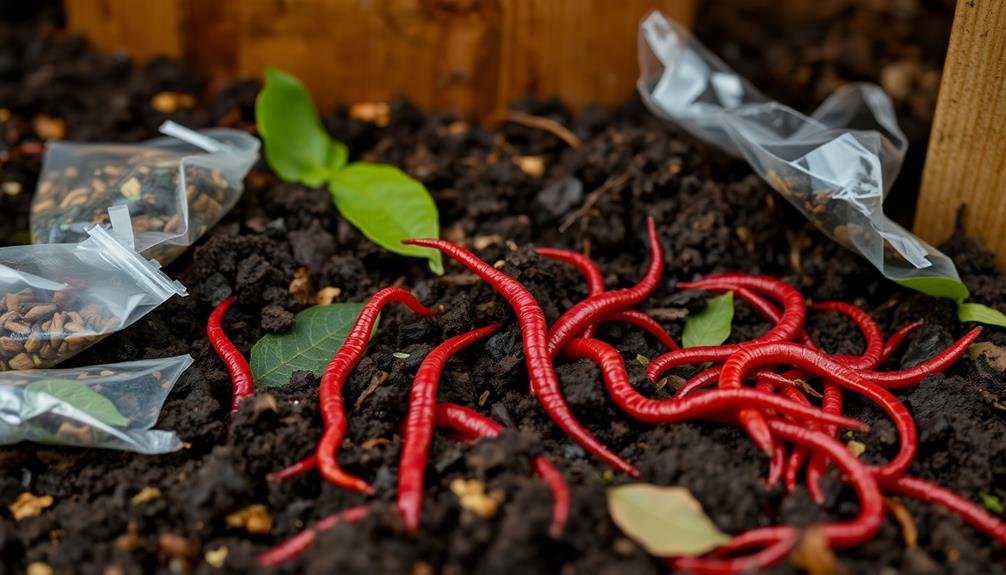
While indoor composting bins offer a great solution, vermicomposting with tea leaves takes recycling to the next level. This method utilizes worms to break down organic matter, including your used herbal tea leaves.
To start, you'll need a specialized worm bin, bedding material, and red wiggler worms.
Begin by adding a layer of moistened bedding, such as shredded newspaper or coconut coir. Introduce your worms and allow them to acclimate for a day. Then, start adding your used tea leaves, making sure to remove any staples or tags.
Mix the leaves with other kitchen scraps, but avoid citrus, onions, and garlic, which can harm the worms.
Maintain proper moisture levels by misting the bin occasionally. The worms will consume the tea leaves and other organic matter, producing nutrient-rich worm castings.
Every few months, harvest the castings by moving the contents to one side of the bin and adding fresh bedding to the other. The worms will migrate, leaving behind the finished compost.
Vermicomposting with tea leaves not only reduces waste but also creates a valuable soil amendment for your plants. It's an efficient, eco-friendly way to recycle your herbal tea waste while producing high-quality compost.
Frequently Asked Questions
Can All Types of Herbal Tea Leaves Be Composted?
You can compost most herbal tea leaves, but be cautious with flavored or treated varieties. Stick to pure, natural herbal teas for composting. They'll break down easily and add nutrients to your compost pile without introducing harmful chemicals.
How Long Does It Take for Tea Leaves to Decompose Fully?
You'll find that tea leaves typically decompose within 2-3 months. However, it's not an exact science. Factors like moisture, temperature, and the type of tea can affect the process. Keep an eye on your compost pile for best results.
Do Tea Bags Need to Be Removed Before Composting the Leaves?
You should remove tea bags before composting the leaves. Most tea bags contain plastic, which won't decompose. If you're using biodegradable bags, you can compost them whole, but it's best to check the packaging first.
Can Used Tea Leaves Attract Pests to My Compost Pile?
You shouldn't worry too much about pests. While used tea leaves can attract some insects, they're not typically a major pest magnet. Properly managed compost piles rarely have pest issues due to tea leaves alone.
Is It Safe to Compost Tea Leaves That Have Been Sweetened?
It's generally safe to compost sweetened tea leaves, but you'll want to use them sparingly. Too much sugar can attract pests and slow down decomposition. You're better off composting unsweetened tea leaves for best results.
In Summary
You've now got three great ways to put those used tea leaves to work in your garden. Whether you're sprinkling them directly on your soil, adding them to your indoor compost bin, or feeding them to your worms, you're recycling nutrients and reducing waste. Don't let those valuable tea leaves go to waste anymore. Start composting today and watch your garden thrive with this simple, eco-friendly practice. Your plants will thank you!


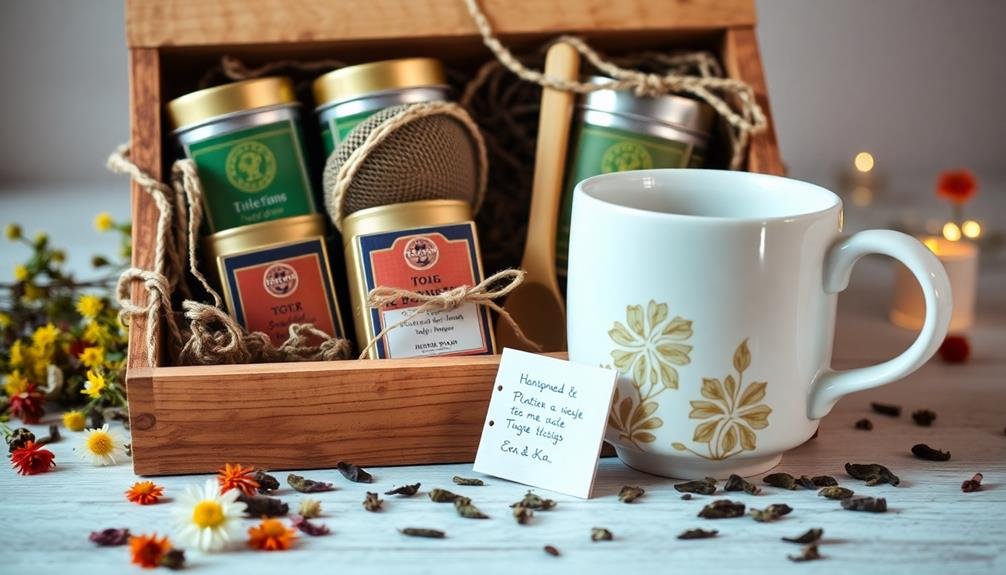
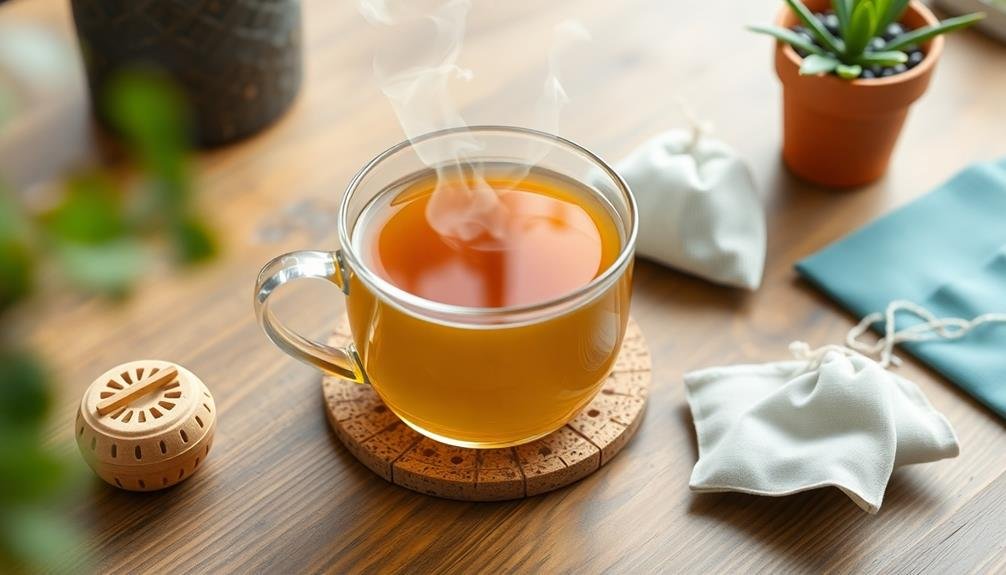
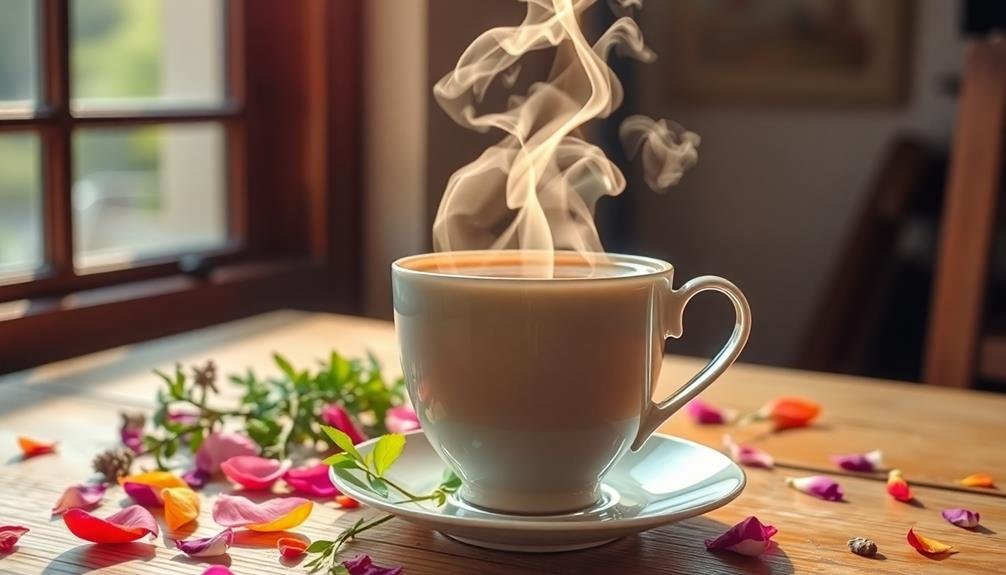
Leave a Reply